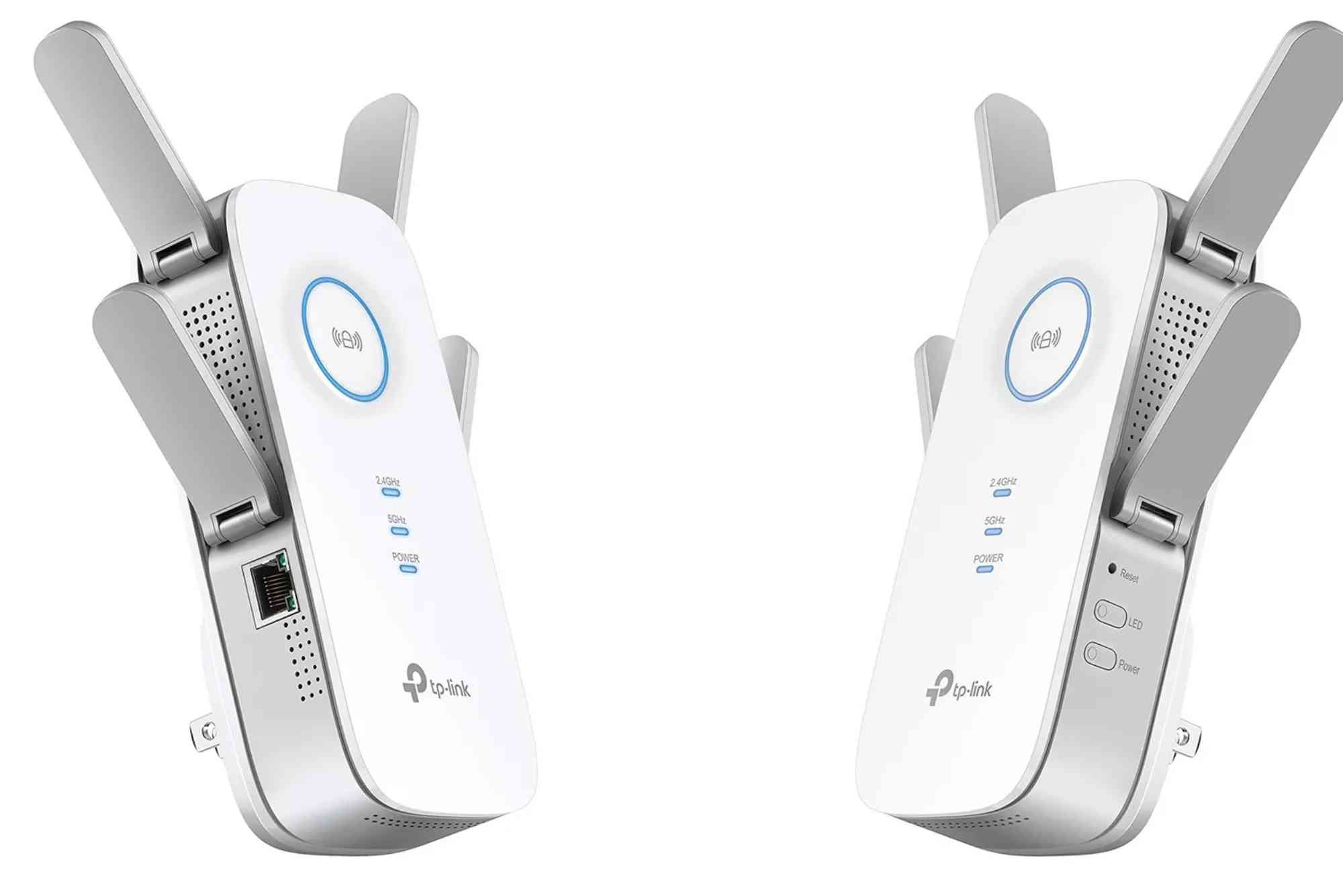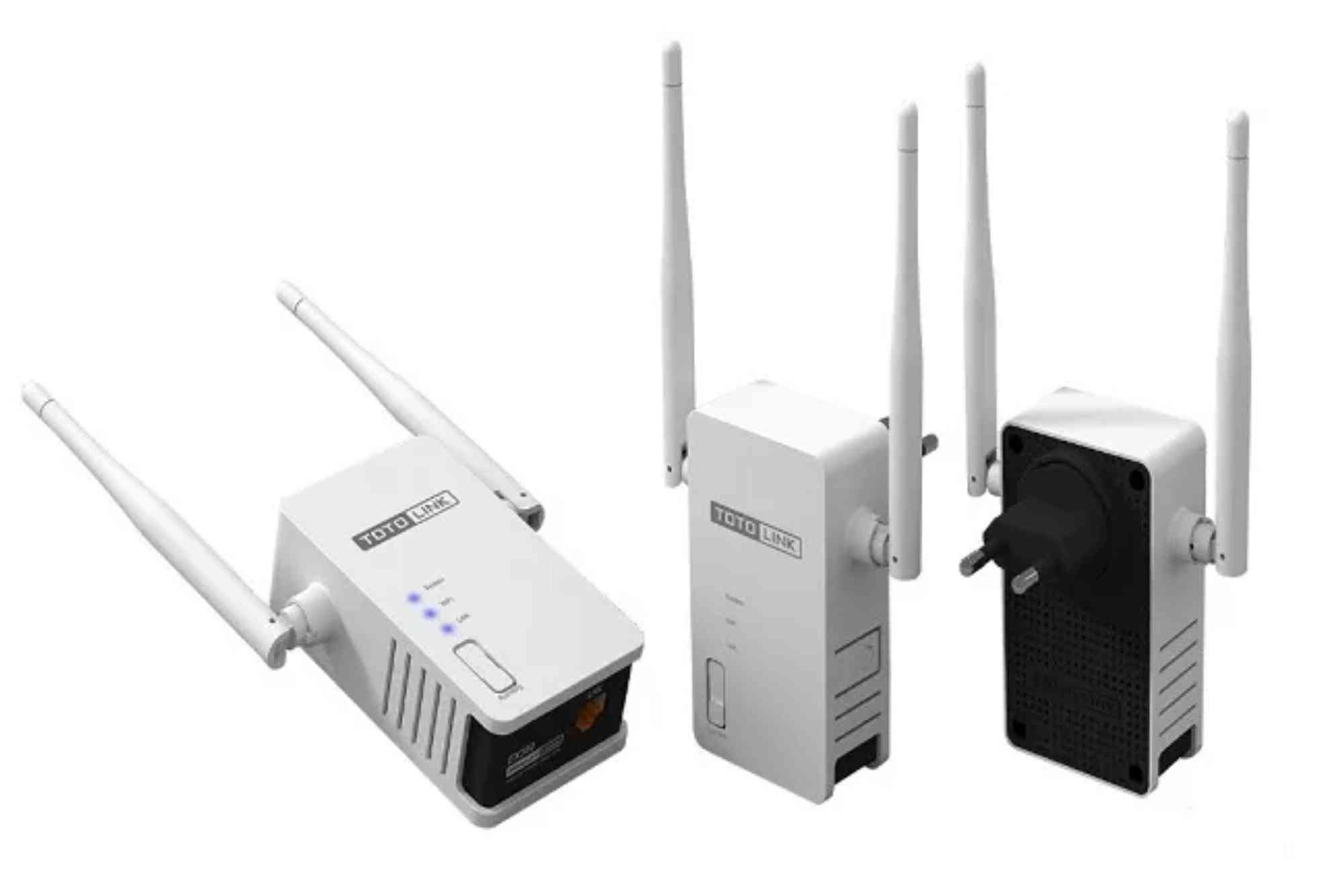Introduction
In today’s digital age, choosing the right internet connection is crucial. Home and business users often face the decision between cable and fiber optic internet. Understanding the difference between cable and fiber optic internet can help you make an informed choice for faster speeds, reliability, and better overall connectivity. This article breaks down key differences, benefits, and considerations to guide your decision.
What Is Cable Internet?
Cable internet is one of the most widely used broadband services. It uses existing coaxial cable television lines to deliver internet connectivity to homes and businesses.
How Cable Internet Works
Cable internet transmits data over the same lines used for cable TV. This allows simultaneous access to television and internet services without requiring separate infrastructure. Signals are split into downstream and upstream channels, affecting speed and performance.
Pros of Cable Internet
-
Widespread Availability: Most urban and suburban areas already have coaxial infrastructure.
-
High Download Speeds: Ideal for streaming, online gaming, and video calls.
-
Bundling Options: Cable internet often comes with TV and phone service packages.
Cons of Cable Internet
-
Shared Bandwidth: Speeds may decrease during peak hours when neighbors are online.
-
Limited Upload Speeds: Generally slower than fiber, affecting cloud uploads and remote work.
-
Distance Sensitivity: Performance can drop the farther you are from the local hub.
What Is Fiber Optic Internet?
Fiber optic internet is a newer, high-speed broadband option that uses thin strands of glass or plastic fibers to transmit data as pulses of light.
How Fiber Internet Works
Fiber optic cables carry data via light signals, which allows much faster speeds and lower latency compared to copper cables. It can handle large amounts of data without degradation, making it suitable for heavy internet users.
Pros of Fiber Internet
-
Blazing Fast Speeds: Fiber offers download and upload speeds up to 1 Gbps or more.
-
Consistent Performance: Less affected by distance or peak usage times.
-
Low Latency: Ideal for online gaming, video conferencing, and cloud applications.
Cons of Fiber Internet
-
Limited Availability: Not as widely deployed as cable, especially in rural areas.
-
Higher Cost: Installation and service fees may be more expensive than cable.
-
Installation Complexity: Requires laying new fiber lines in areas without existing infrastructure.
Speed Comparison: Cable vs Fiber
When choosing an internet plan, speed is often the first consideration.
Download Speeds
-
Cable internet typically ranges from 50 Mbps to 500 Mbps.
-
Fiber optic can reach speeds up to 1,000 Mbps (1 Gbps) or higher.
Upload Speeds
-
Cable upload speeds are usually slower, often 5–50 Mbps.
-
Fiber upload speeds match download speeds, offering symmetrical connections.
Real-World Performance
Fiber’s low latency ensures smoother streaming, gaming, and video calls. Cable can still perform well for casual users but may lag during peak hours.
Reliability and Latency
Reliability and latency are crucial for businesses, remote workers, and gamers.
Cable Reliability
Cable internet can suffer from signal degradation during heavy network usage. Power outages or line damage may also disrupt service.
Fiber Reliability
Fiber optic networks are less prone to interference and maintain consistent performance. Latency is minimal, which benefits online gaming and live streaming.
Cost Comparison
Cable Internet Pricing
Cable plans are often more affordable, with competitive introductory rates. Bundled services may also provide savings.
Fiber Internet Pricing
Fiber internet may cost more upfront, but the investment is often worthwhile for speed and reliability. Some providers offer promotional plans to attract new users.
Which Option Should You Choose?
Deciding between cable and fiber depends on your internet needs:
For Casual Users
Cable internet is usually sufficient for browsing, streaming, and social media use.
For Heavy Users
Fiber is better for multiple users, large file uploads, cloud work, and gaming.
Consider Availability
Check if fiber is available in your area. If not, cable internet remains a solid alternative. Services like Dhanote Internet Services can help you compare available options.
People Also Ask (FAQ)
What is faster: cable or fiber optic internet?
Fiber optic internet is generally faster and offers more consistent speeds than cable.
Is fiber internet more expensive than cable?
Yes, fiber can be more expensive, but it provides better performance and reliability.
Can I switch from cable to fiber?
Yes, switching requires a new fiber installation if the infrastructure is available in your area.
Which is better for gaming, cable or fiber?
Fiber is ideal for gaming due to low latency and high upload/download speeds.
Does cable internet slow down at night?
Yes, cable internet may slow during peak usage hours because bandwidth is shared among users.
Understanding the difference between cable and fiber optic internet helps you choose the best connection for your home or business. Cable offers affordability and broad availability, while fiber provides unmatched speed and reliability. Consider your internet needs, location, and budget before deciding.
For personalized recommendations and installation services, check out Dhanote Internet Services to find the best plan for your area. Upgrade your internet today and experience seamless browsing, streaming, and gaming with the right connection.








